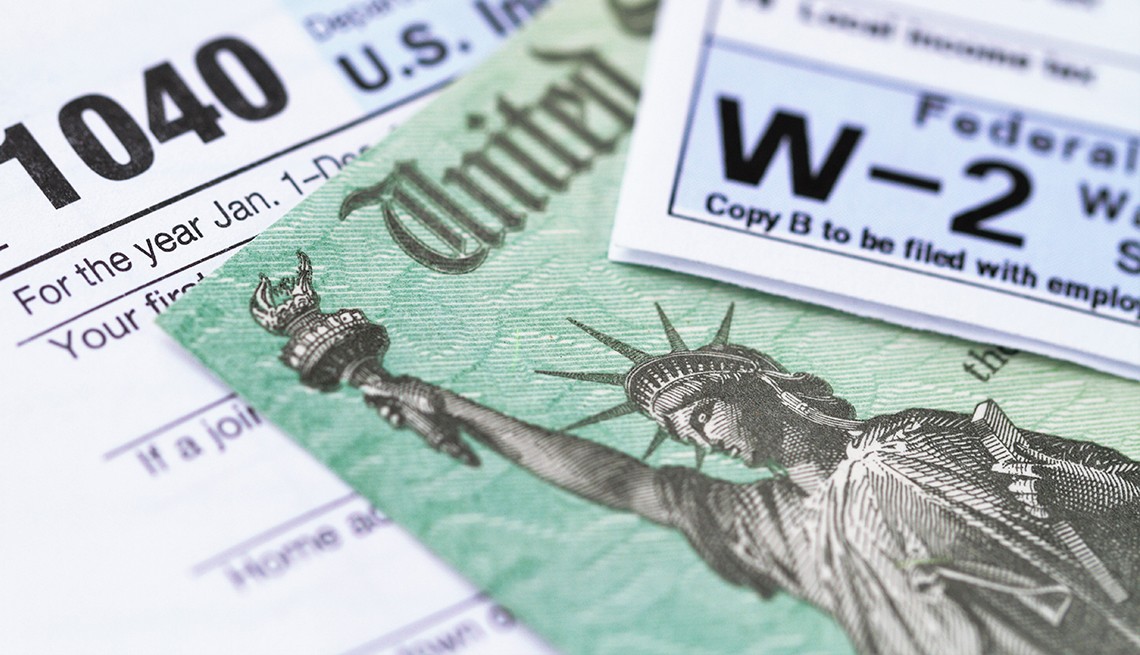
2020 has been an amazing year so far. The stock market had a record sell-off in the first quarter and a solid recovery in the second. COVID-19 shut down the world for a couple of months, but we started to reopen and now some areas are slowing down again. All of this in only six months.
If you haven’t had enough fun with that, let’s take the time to think about taxes in 2020. As a result of COVID, legislation was passed earlier this year that included three changes that may apply to you.
Charitable Contributions:
Charities are feeling the pinch of reduced contributions and increased service needs, just like the rest of us. Congress added two rules to help encourage charitable gifts in 2020. Normally, if you take the standard deduction on your income tax return, you cannot deduct charitable contributions. However, this year, donors who do not itemize may deduct up to $300 of charitable contributions. Additionally, larger donors are generally limited to deducting 60 percent of their Adjusted Gross Income (AGI) for cash gifts. But in 2020, Congress has increased this to 100 percent of AGI for cash gifts to operating charities. If you make sizable charitable contributions, work with your favorite charities and advisors to determine if there is an opportunity to make an additional impact this year.
IRA Distributions:
IRAs are great places to accumulate assets, but eventually the IRS decides they want their tax money. To make this happen, you must begin taking Required Minimum Distributions from your own IRA at age 72 or earlier for an inherited IRA. Because of the sell-off in the stock market early this year, Congress approved a one-year exemption from Required Minimum Distributions. If you would normally be subject to an RMD but do not need the cash this year, consider postponing the distribution and tax payment until next year. Depending on your 2020 tax bracket, it may be a good year to make a Roth conversion with a portion of your IRA. Pay some tax this year and get tax-free growth in future years.
People under age 59½ who take distributions from IRAs and 401ks are normally subject to a 10 percent penalty for early distribution. These accounts are designed to be a long-term savings program, but sometimes they are the only source of funds. For COVID-related distributions in 2020, you can pay the tax with your 2020 tax return or extend the payment over a three-year period. If you elect the three-year payment, you are still subject to paying the taxes during this period, but you have the option to claim a refund to get the funds back and avoid the tax (essentially a self-funded loan). To avoid the 10 percent early distribution penalty and qualify for the repayment period, the withdrawals must be under $100,000 and you have to meet one of the following criteria:
You, your spouse, or dependent are diagnosed with COVID.
You experience adverse financial consequences as a result of being quarantined, furloughed, laid off, or having reduced work hours, or the closure or reduction of hours for a business you own.
Unemployment Benefits:
The additional $600 per week unemployment benefits paid by the federal government is taxable income; don’t be surprised.
The tax changes offer a little bit for everyone: an additional charitable deduction for those who are inclined, postponed RMD for taxpayers who don’t need the cash, and a lower tax rate for those who do have to tap into retirement savings.
Take the time to plan ahead and get the best tax answer out of 2020.
Perry Green, CPA/PFS, CFP, CFA is chief financial officer and senior wealth strategist for Waddell & Associates.